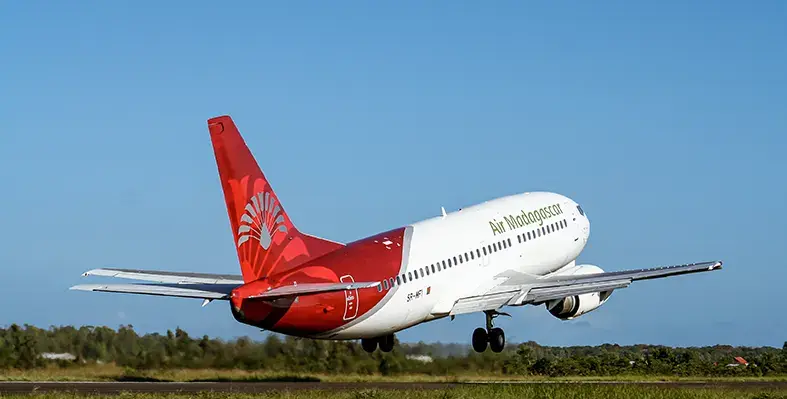Air cargo volumes were sluggish in Africa compared to other global regions during March, according to the latest analysis from the International Air Transport Association (IATA)
During March 2025, African airlines recorded a -13.4% year-on-year decrease in demand for air cargo services, the slowest among all regions globally.
This is in stark contrast with the global industry average, which saw a 4.4% rise in air cargo demand, measured in cargo-tonne-kilometres, versus March 2024, IATA reported.
Demand for air cargo is a useful barometer of trade, with many high-value items transported by air, such as smart phones and IT equipment, automotive components, precious metals and gems, perishable food items and pharmaceuticals.
E-commerce shipments and other courier items are also a growing component of the air cargo industry.
However, Africa also recorded a 10.5% year-on-year increase in cargo capacity, most of which is belly cargo hold space on passenger aircraft, according to the IATA analysis.
Africa also posted a cargo load factor of 37.1%, representing a year-on-year fall of -10.4%. In other words, a little more than one third of available capacity was taken up by the market.
It makes Africa the weakest-performing region monitored by the airline group, according to Willie Walsh, IATA’s director general, who noted that, globally, air cargo volumes overall fared well.
“March cargo volumes were strong,” he said. “It is possible that this is partly a front-loading of demand as some businesses tried to beat the well-telegraphed 2 April tariff announcement by the Trump Administration.”
He said the uncertainty over how much of the 2 April proposals in the USA will be implemented may eventually weigh on trade.
“In the meantime, the lower fuel costs — which are also a result of the same uncertainty — are a short-term positive factor for air cargo. And, within the temporary pause on implementation, we hope that political leaders will be able to shift trade tensions to reliable agreements that can restore confidence in global supply chains.”
While the Europe-North America route was the busiest trade lane in March, Africa-Asia and Europe-Middle East were the only trade lanes to record declines.
The Africa-Asia route has now recorded four consecutive months of decline.
Read more:
Aviation sector to lead African growth






